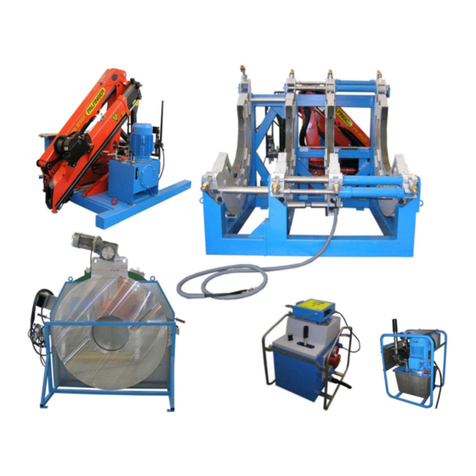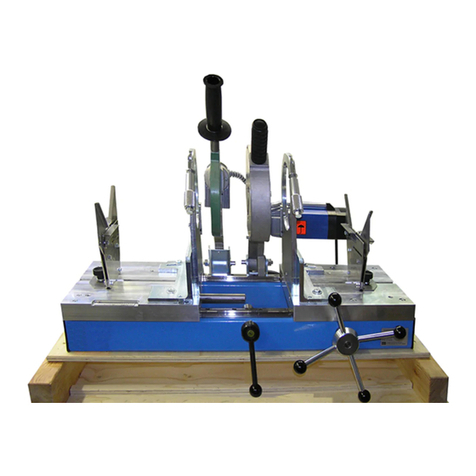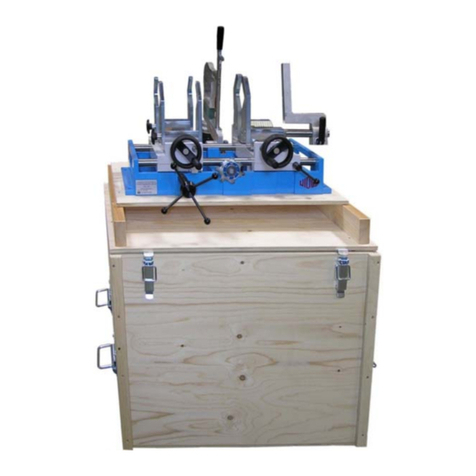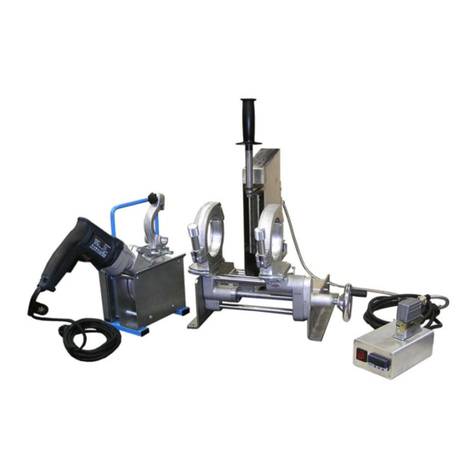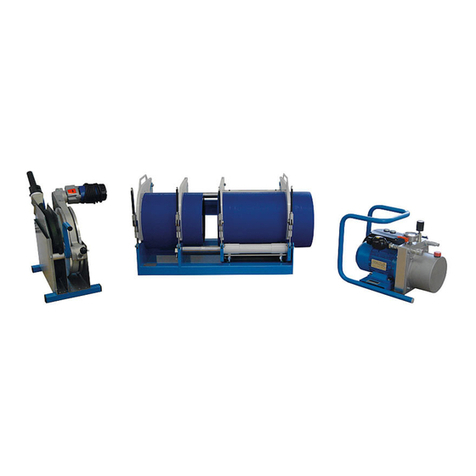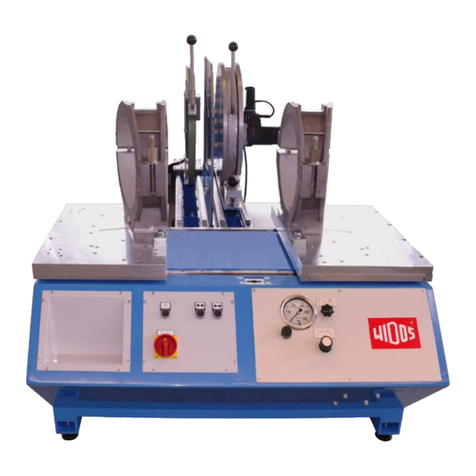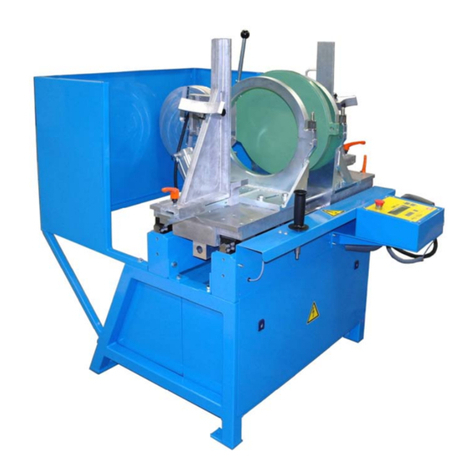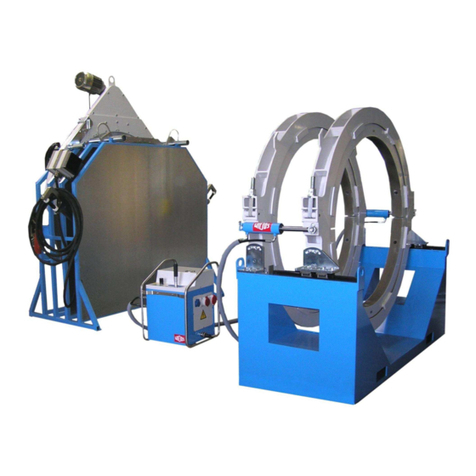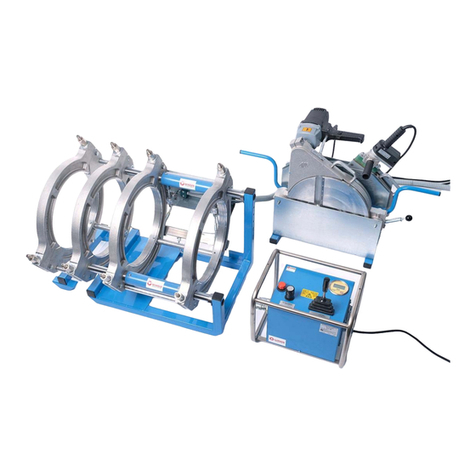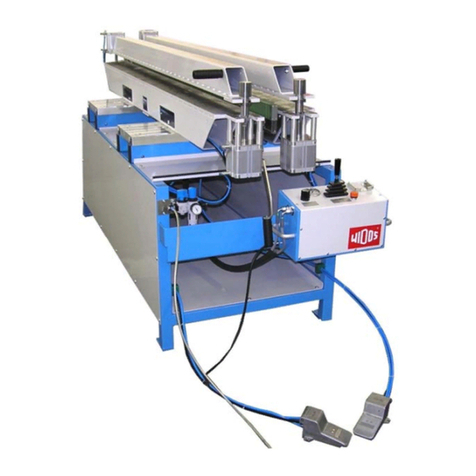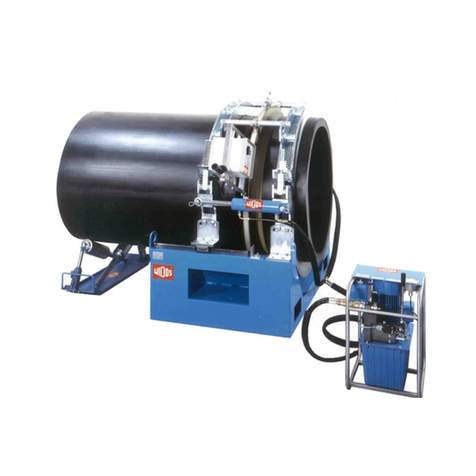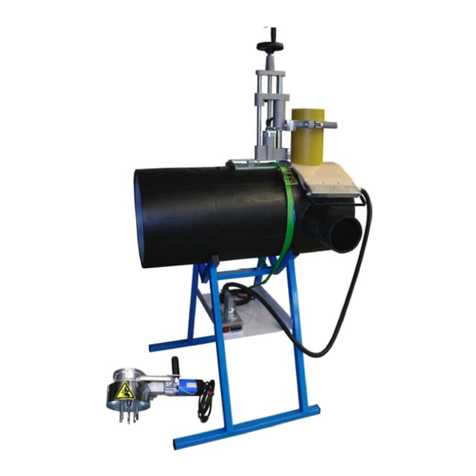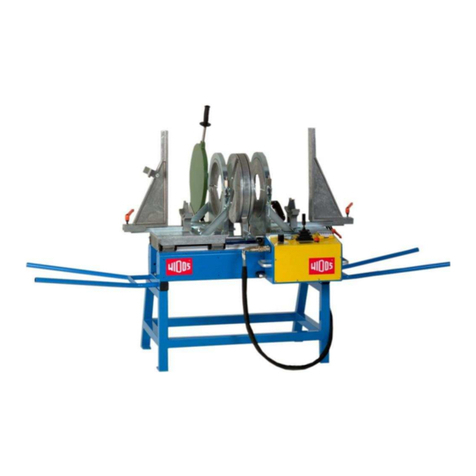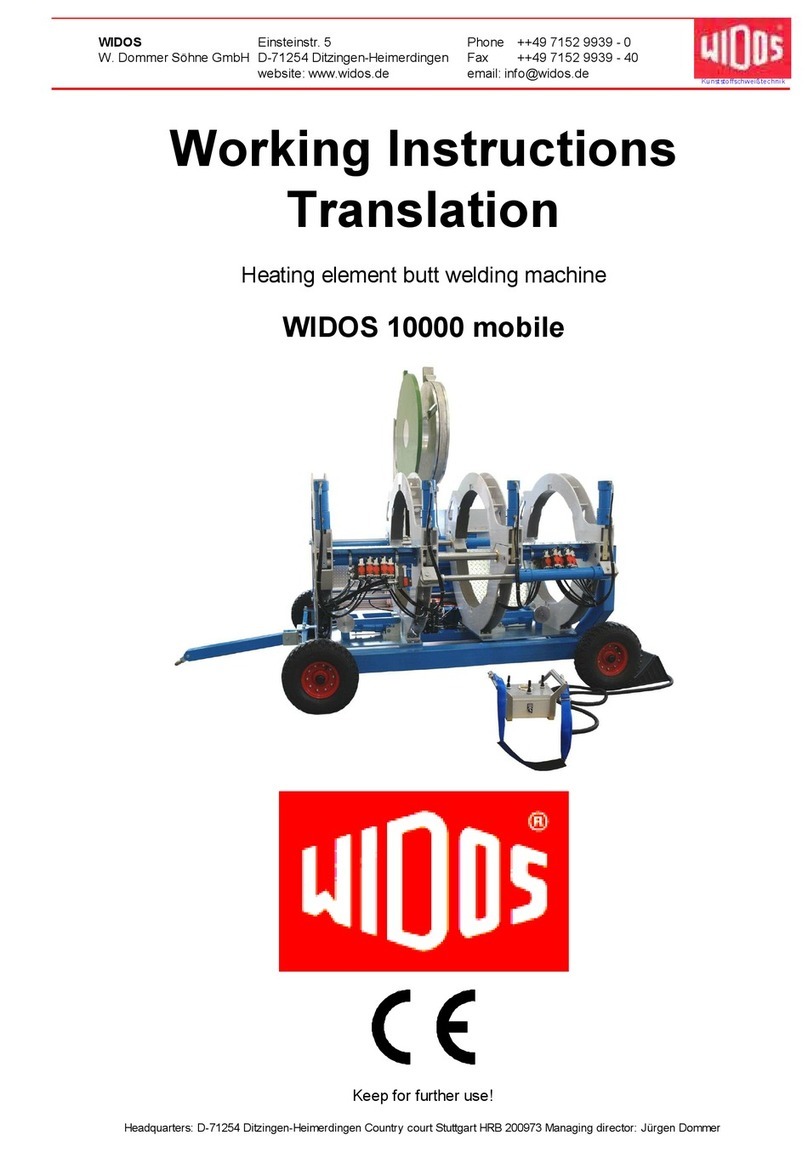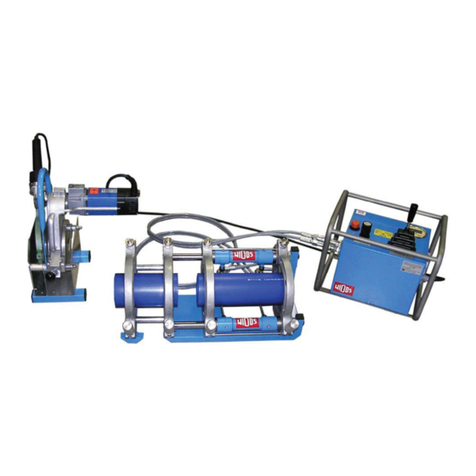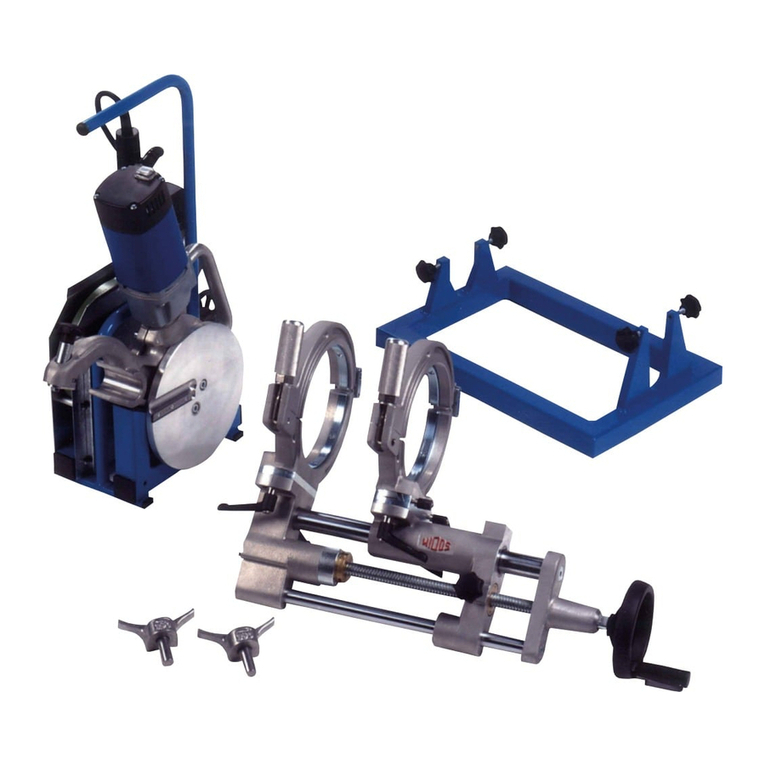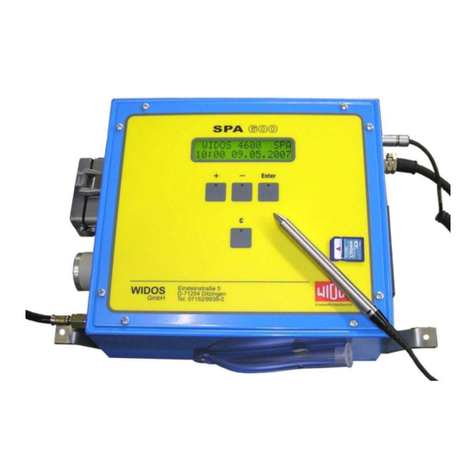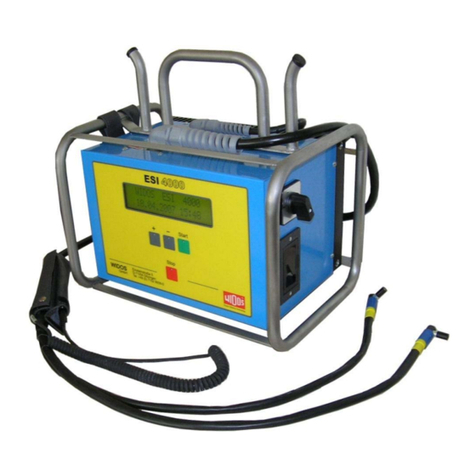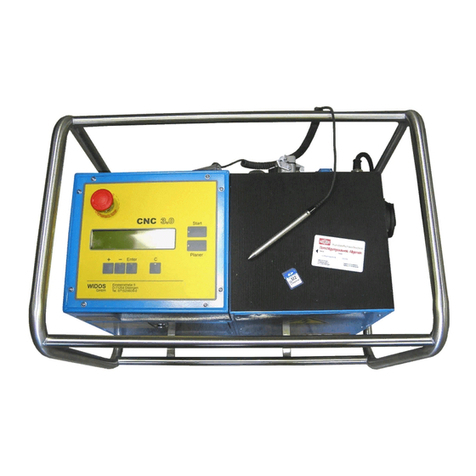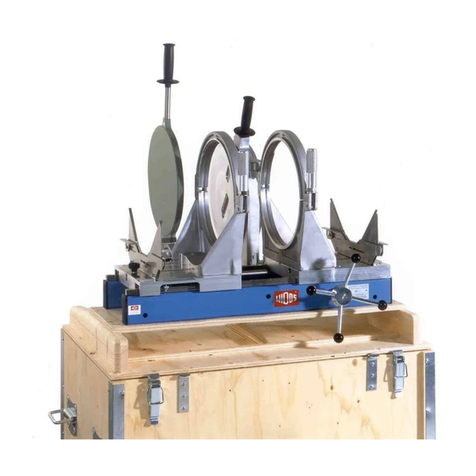
Contents
26.06.19 Working Instructions WIDOS 6100 Page 4 of 42
1.DESCRIPTION OF THE PRODUCT ................................................................................ 6
1.1.Usage and purpose-oriented use........................................................................................6
1.2.Safety measures....................................................................................................................6
1.3.Conformity.............................................................................................................................6
1.4.Designation of the product ..................................................................................................6
1.4.1.Technical data ......................................................................................................................7
1.4.1.1.WIDOS 6100 General data ............................................................................................7
1.4.1.2.Heating element............................................................................................................7
1.4.1.3.Planer..........................................................................................................................8
1.4.1.4.Hydraulic aggregate......................................................................................................8
1.4.1.5.Basic frame..................................................................................................................8
1.4.1.6.Lift-off device (optional).................................................................................................8
1.5.Machine overview .................................................................................................................9
1.6.Accessories:..........................................................................................................................9
2.SAFETY RULES ............................................................................................................ 10
2.1.Explanation of the symbols and indications ........................................................................... 10
2.2.Obligations of the owner................................................................................................... 11
2.3.Obligations of the worker.................................................................................................. 11
2.4.Measures of organisation ................................................................................................. 11
2.5.Information about safety precautions.............................................................................. 11
2.6.Instructions for the staff.................................................................................................... 11
2.7.Dangers while handling the machine .............................................................................. 12
2.8.Maintenance, inspection and repair................................................................................. 12
2.9.Dangers caused by electric energy.................................................................................. 12
2.10.Dangers caused by the hydraulics................................................................................... 12
2.11.Specific dangers ................................................................................................................ 13
2.11.1.Danger of catching clothes by the planer.............................................................................. 13
2.11.2.Danger of being burnt by heating element, reception box and welding area ............................. 13
2.11.3.Danger of stumbling over electric / hydraulic wires ............................................................... 13
2.11.4.Danger of squeezing by clamping devices and guideways...................................................... 13
2.11.5.Risk of injury by noises ........................................................................................................ 14
2.12.Structural modifications on the machine........................................................................ 14
2.13.Cleaning the machine........................................................................................................ 14
2.14.Warranty and liability......................................................................................................... 14
3.FUNCTIONAL DESCRIPTION ....................................................................................... 15
4.OPERATING AND INDICATING ELEMENTS ............................................................... 16
4.1.Elements on the aggregate............................................................................................... 16
4.2.Elements at planer and heating element......................................................................... 17
4.3.Separating device for heating element............................................................................ 17
